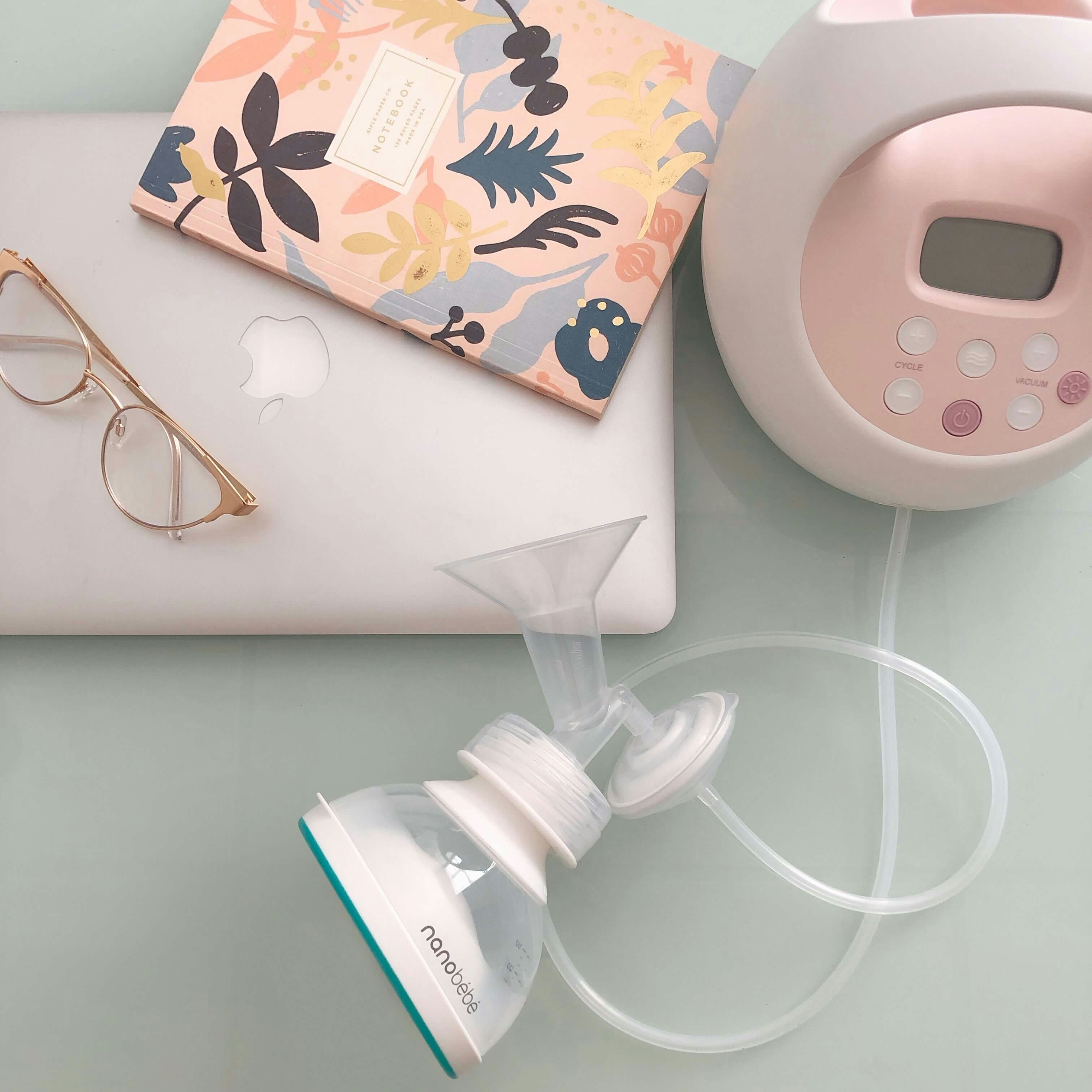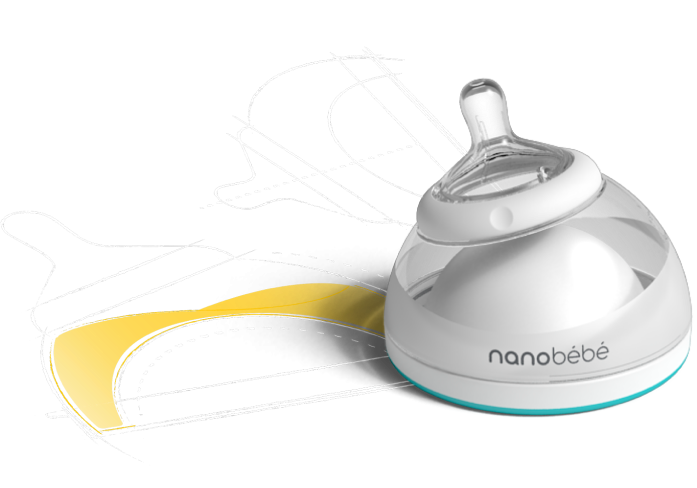Adjusting Your Milk Supply: The Ping Pong Effect
Most women are looking to make enough milk for their baby's needs and a daily pumping surplus, to have a gradual freezer backup. The recurring question days after childbirth is when to start pumping for work.

Katie Kenoe

Most women I meet with are looking to yield enough milk for their baby’s needs as well as enough to pump a few ounces extra daily. It can be comforting knowing you have some back up in the freezer if needed. We want moms to chip away at building a freezer reserve slowly, so it doesn’t become time consuming. Yet I find, the first question I get in the clinic 4 days postpartum is “when should I start pumping and storing for work?”
It breaks my heart that these brand-new moms are already consumed and burdened with the thought of expressing enough milk for their baby. Most of the time, their milk has yet to come in!
When to Start Pumping
So when should moms start pumping and storing? Well, there is no one size fits all (as with many breastfeeding related concerns). If the baby is gaining weight and mom does not have any known risk factors preventing a healthy milk supply, then pumping after the first few weeks of life once daily is reasonable. Moms tend to get “pump happy” and express milk after many of the daytime breastfeeds leading to an over-supply early on.
Plugged Ducts and Mastitis
While an “over-supply” sounds like a great problem to have, many of these moms return to the clinic after a bout of mastitis several weeks later. After all, it can be difficult keeping up with the demands of breastfeeding your little one and pumping on top of that.
When these moms decide not to pump after breastfeeds suddenly, their breasts need some time to adjust. The abrupt change is unnatural and milk starts backing up. Moms will develop a plugged milk duct when that milk sits stagnant in the breast.
Plugged milk ducts, along with dad returning to work and outside help slowing down, can be the perfect storm for mastitis (a breast infection). In the cascade of events, mom may experience a large dip in supply after a case of mastitis; hence, the ping pong effect.

Reduced Milk Supply
Now alternatively, there are moms who start off with an over-supply. Most often, these moms want to slow their supply down. They are so uncomfortable, they want to reduce their milk supply quickly. After hormones level out around day 10-14, along with other measures to decrease their supply, moms have returned to the clinic with a borderline low milk supply.
Do You See This Ping Pong Effect Here?
Women come to the clinic with one problem, and end up swinging to the other side of the pendulum. It not only affects their breast health, but sometimes baby’s weight gain, as well, and can take quite an emotional toll on mom. Worrying about the “perfect” milk production is something many American moms face in this fast-paced society.
Moral of the Story
When adjusting your milk supply, low and slow is the goal. You’re never going to increase your supply overnight, nor is it a healthy approach. On the contrary, decreasing your milk supply can take time and patience. Using a cautious and slow approach allows your breasts and hormones to remain in sync.
The Art of Breastfeeding
I think women look at social media and think they need a freezer full of milk to be successful at breastfeeding. When in reality, this is just not the case. In a society where, hard work equates to instant gratification, the art of breastfeeding takes us back to a place of careful observation, patience and the tincture of time.
It’s critical for mom and the rest of her family to take a step back, and adjust priorities the first few months as they take on this breastfeeding journey. Limit visitors, cozy up with your new little family, and learn all about your baby’s needs during this special time.
Next time you peak into your freezer stash feeling a bit defeated about your milk supply, just remember the number one breastfeeding problem is a perceived low milk supply. You mamas got this!

*Nanobébé is thrilled to welcome guest bloggers. The views and opinions represented in these blog posts belong solely to the guest blogger and are not the legal responsibility of the company. The owner of this blog makes no representations as to the accuracy or completeness of the information provided by the guest blogger and will not be held liable for any errors or omissions of information nor for the availability of this information.

Katie Kenoe
Share this post




